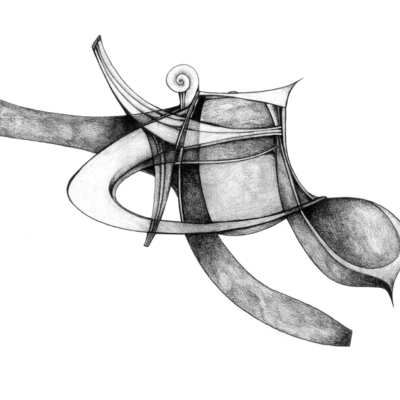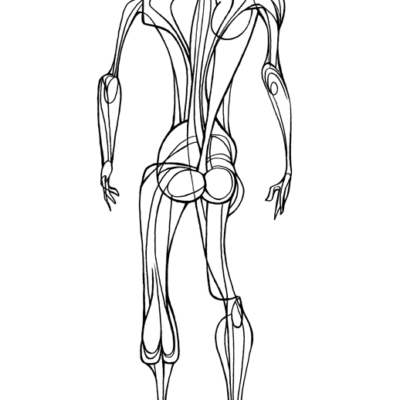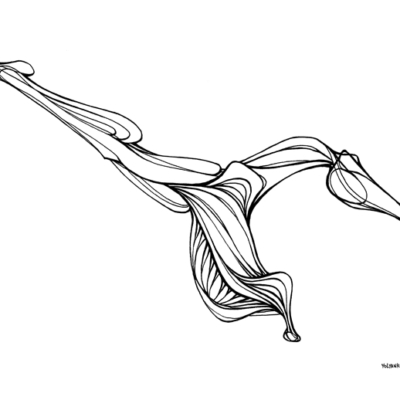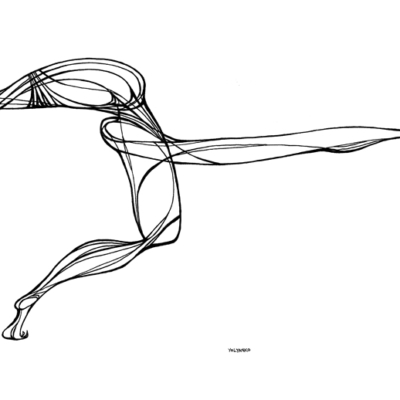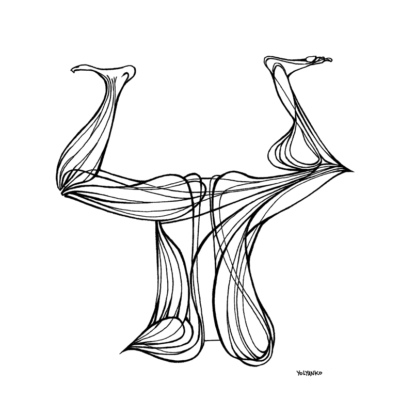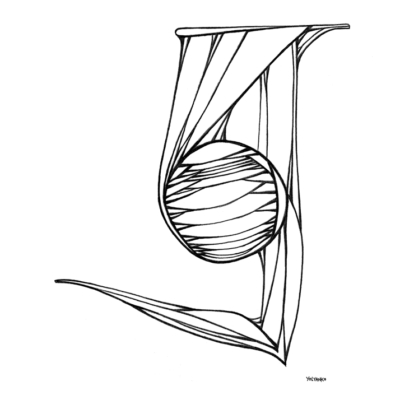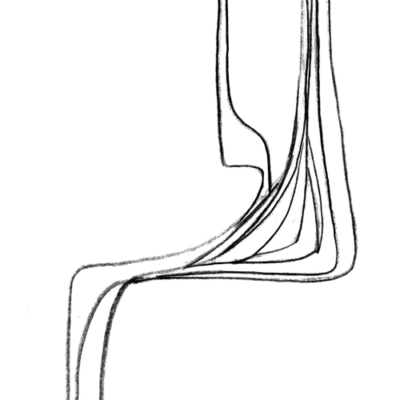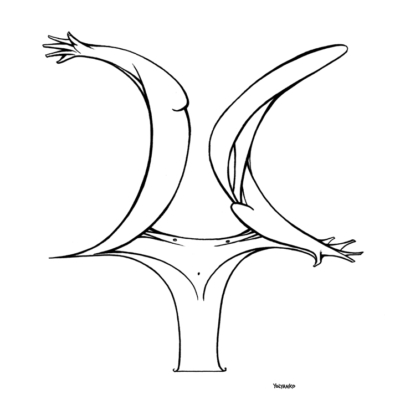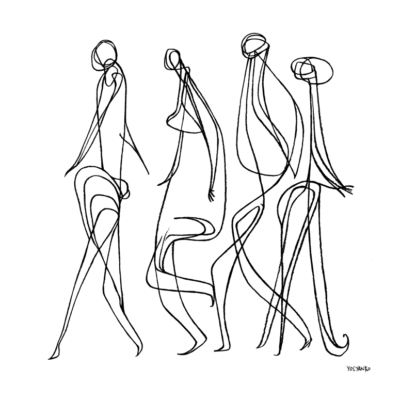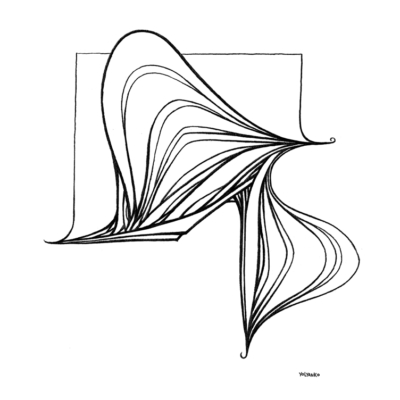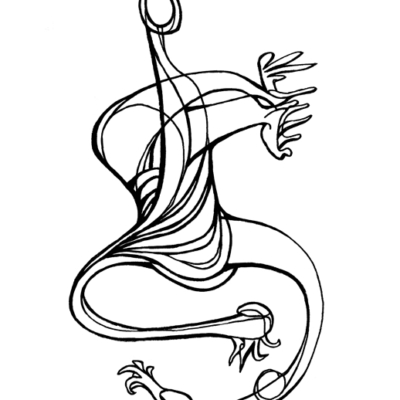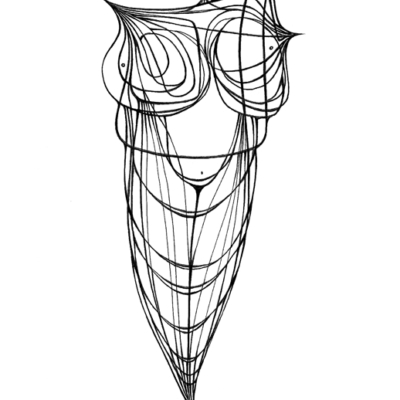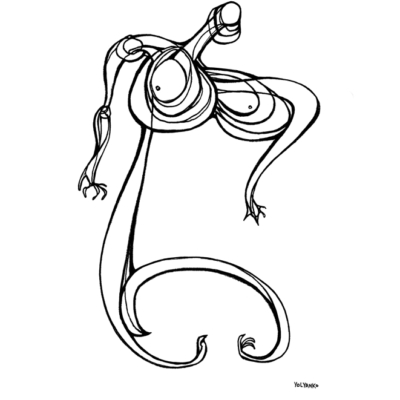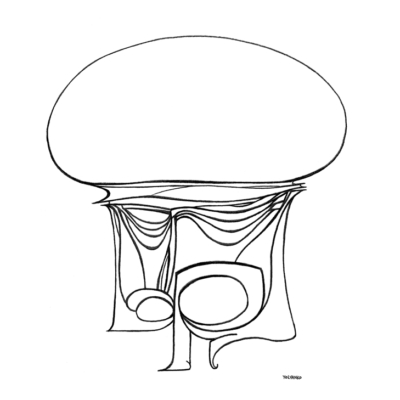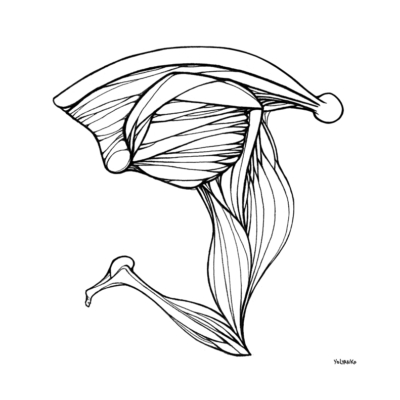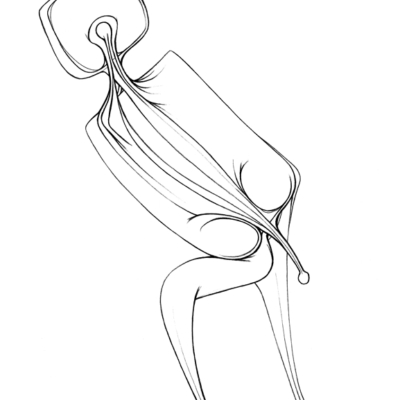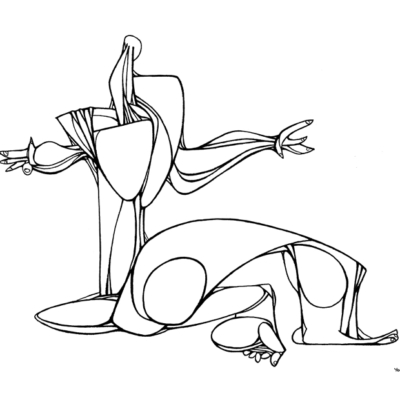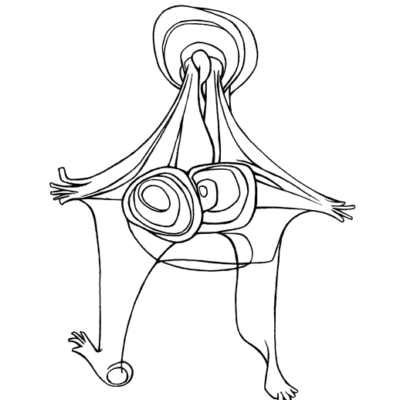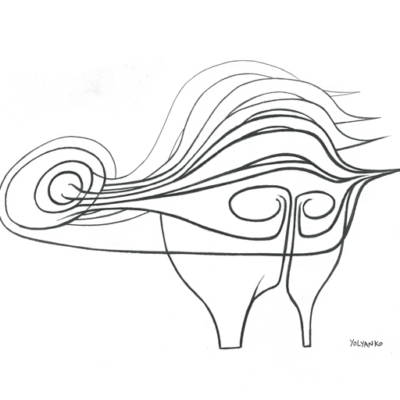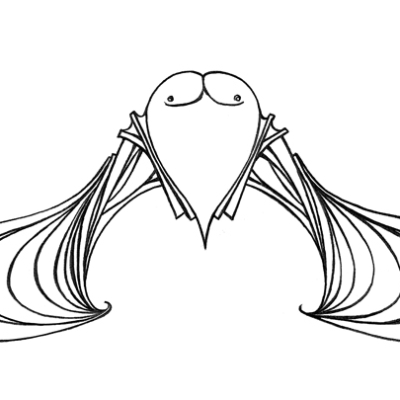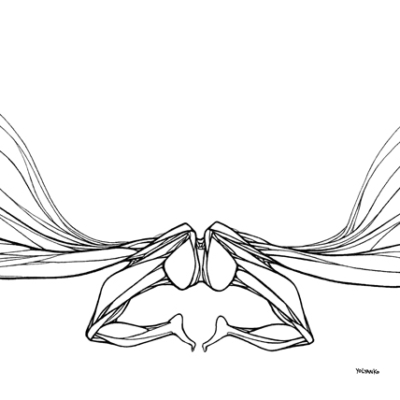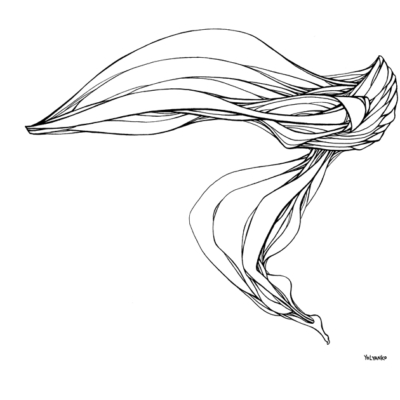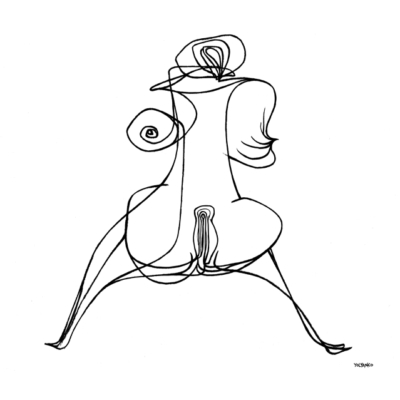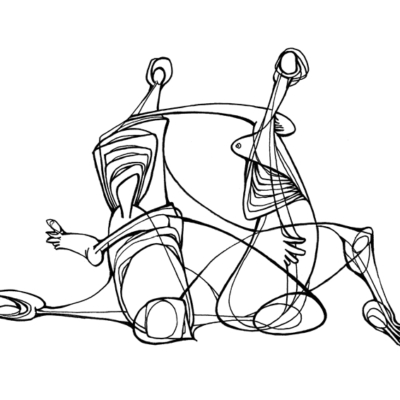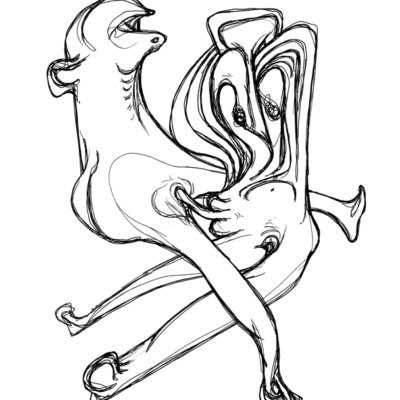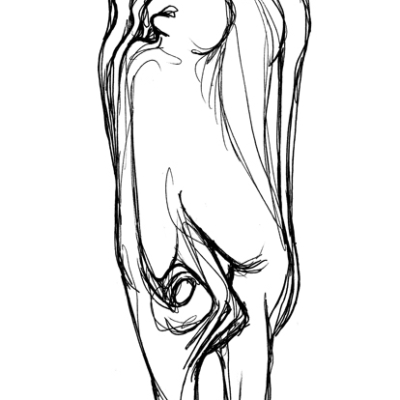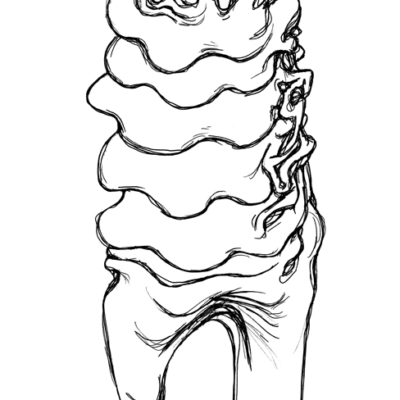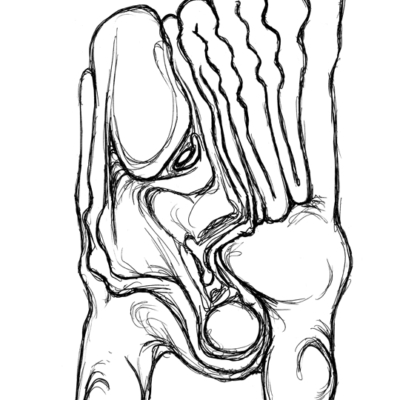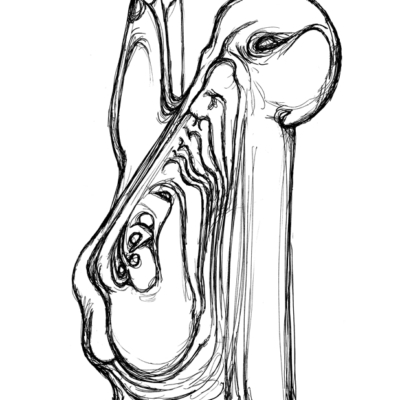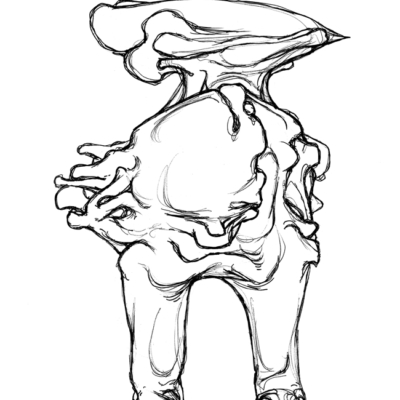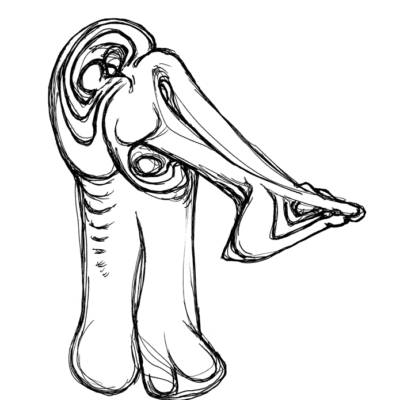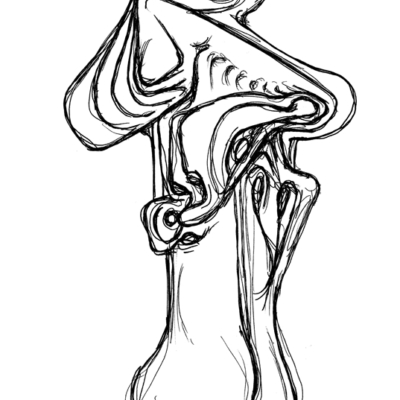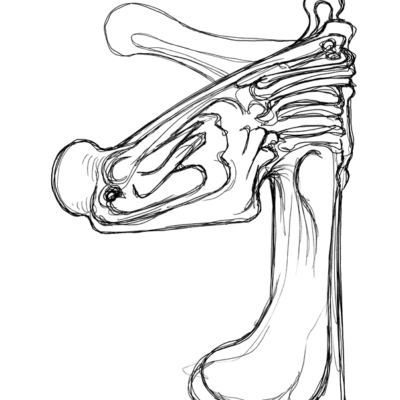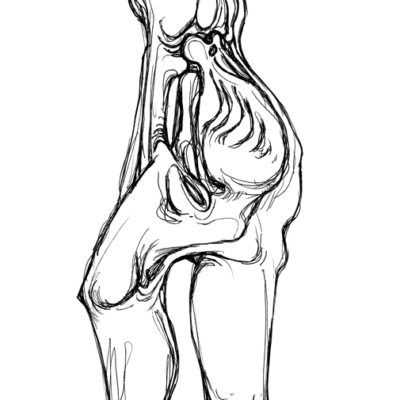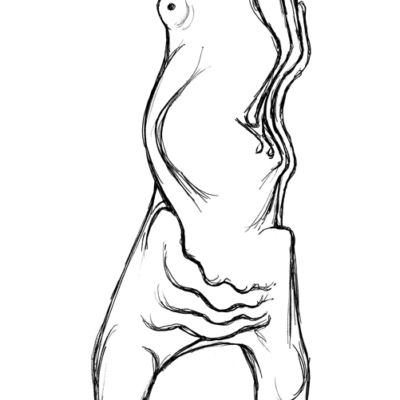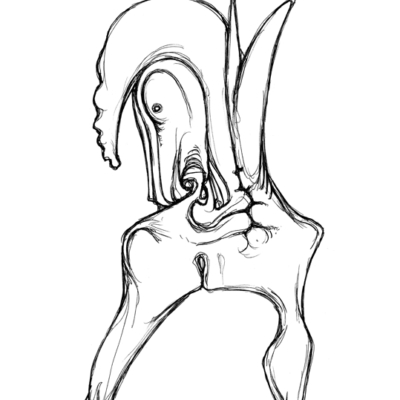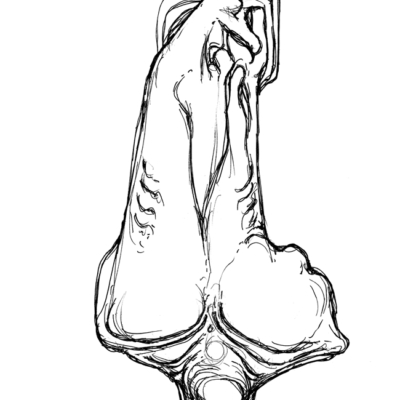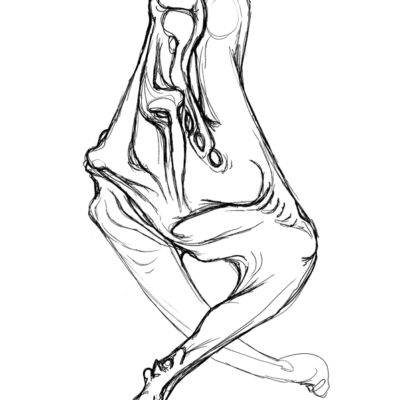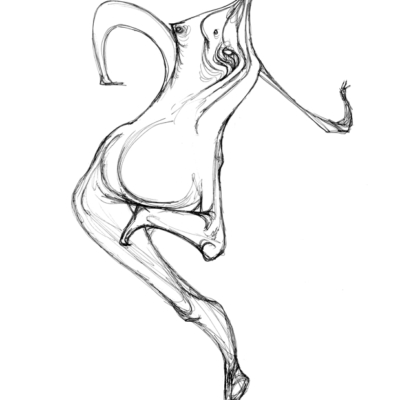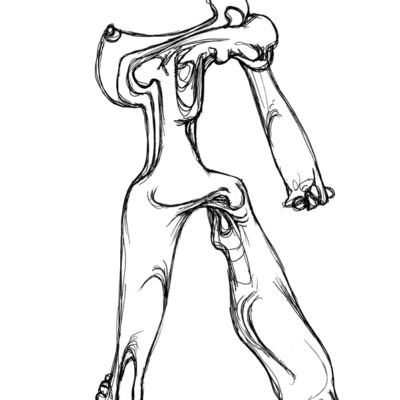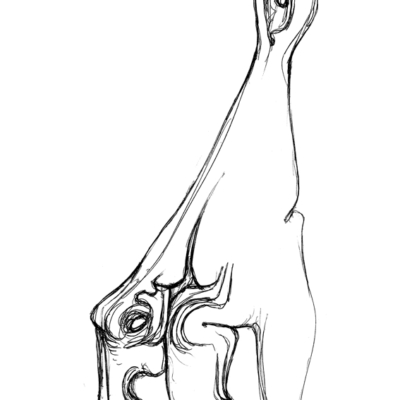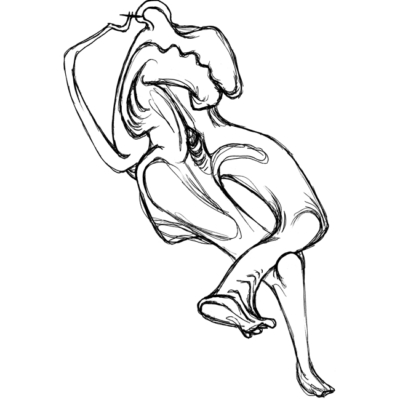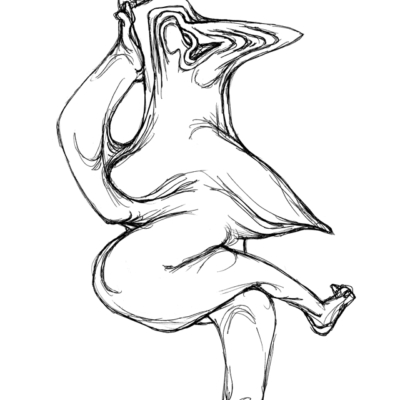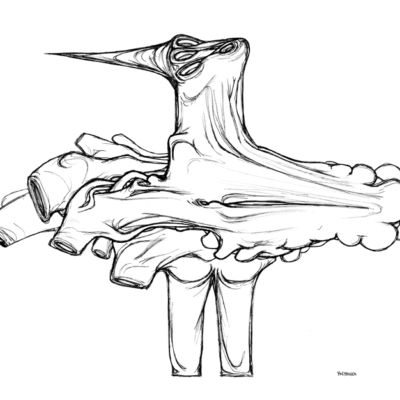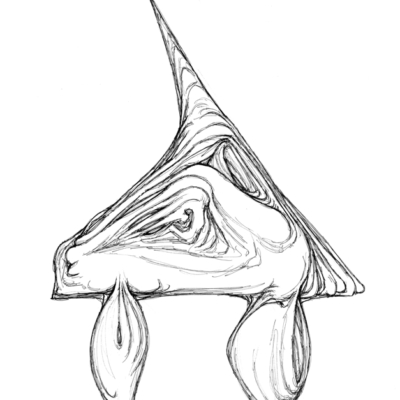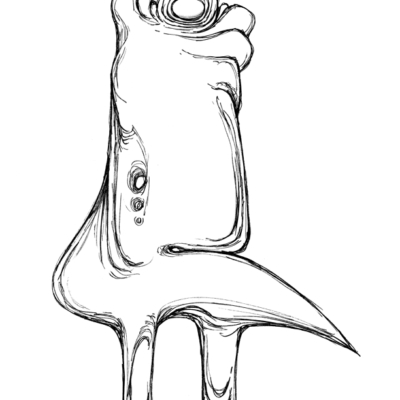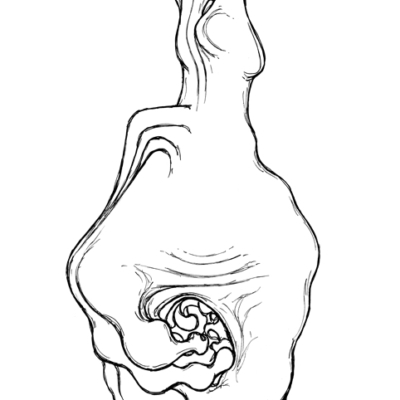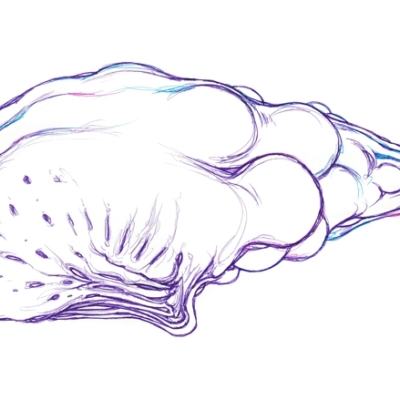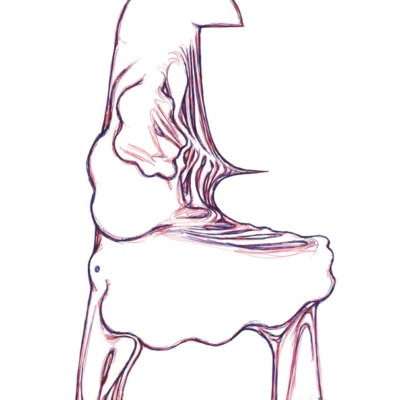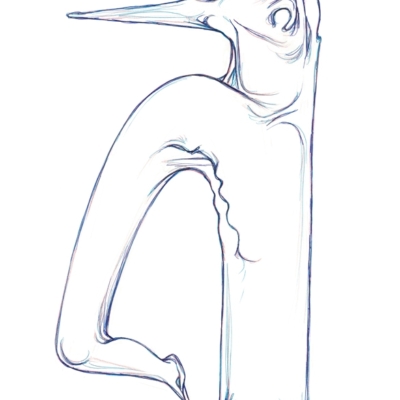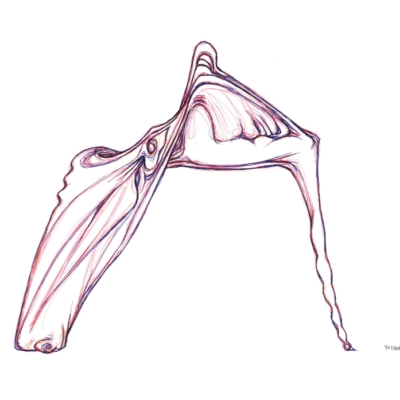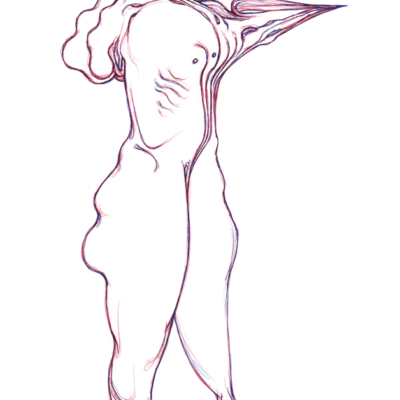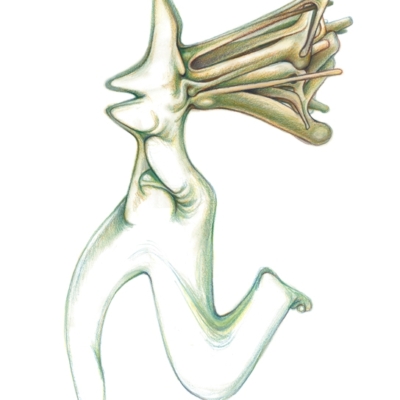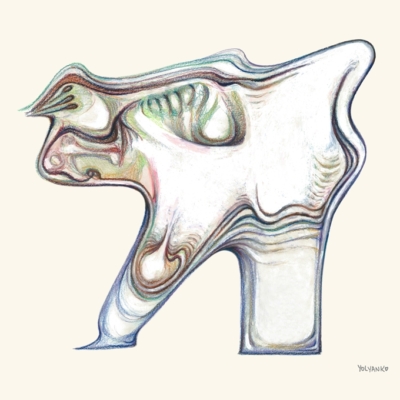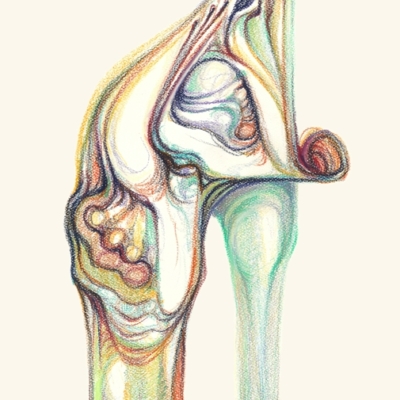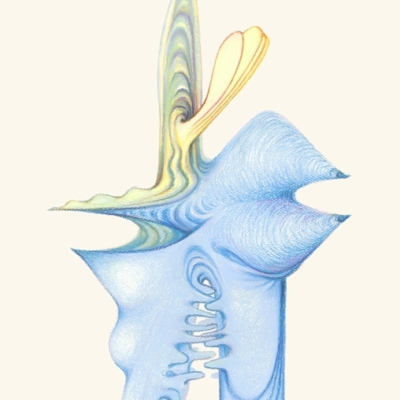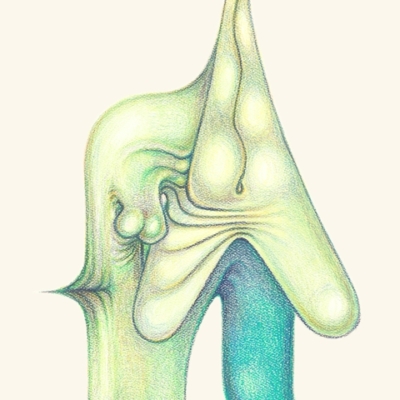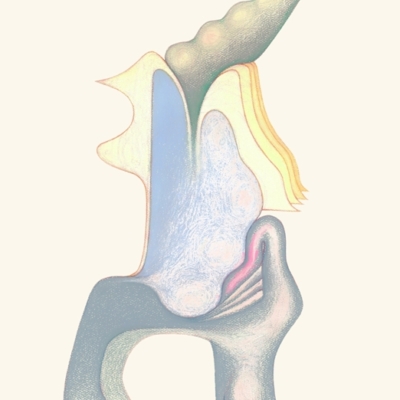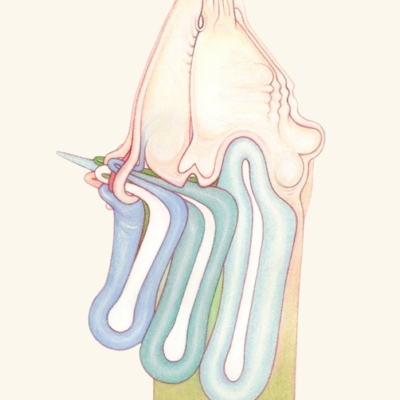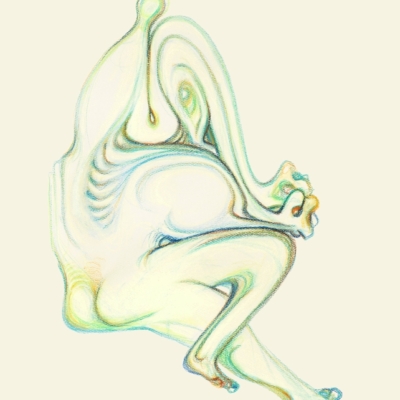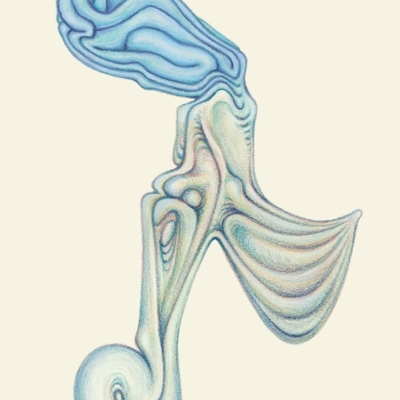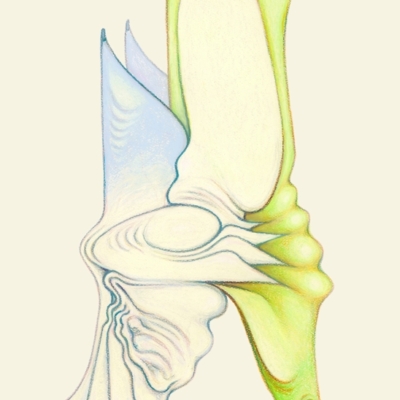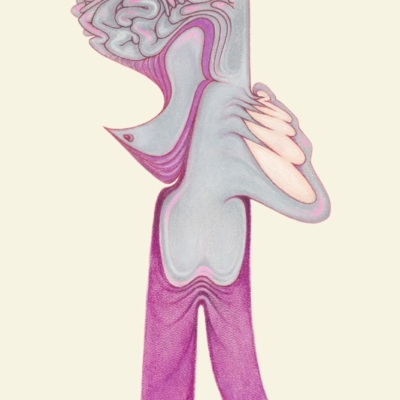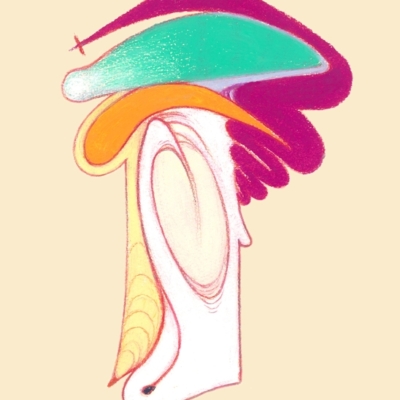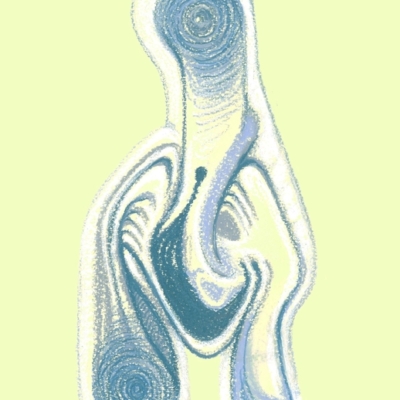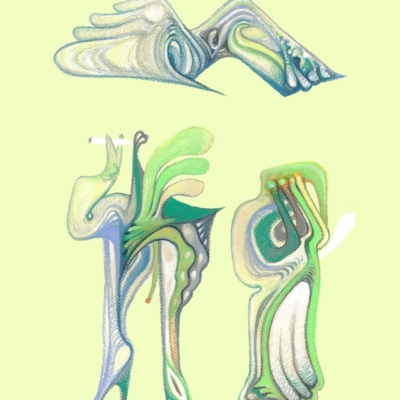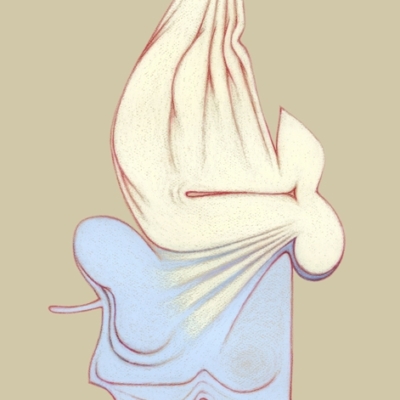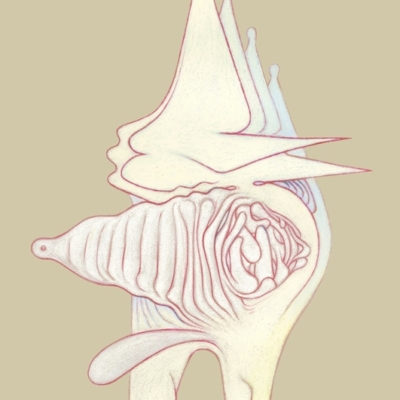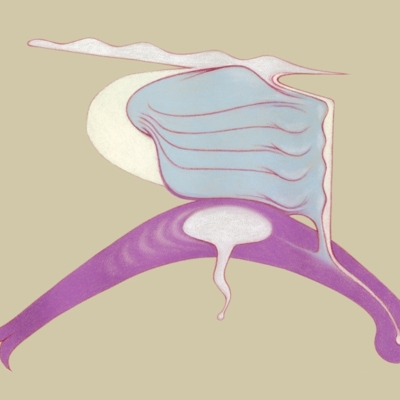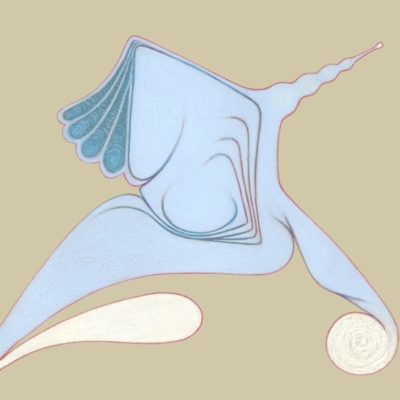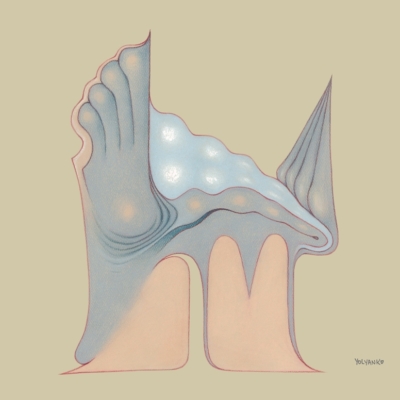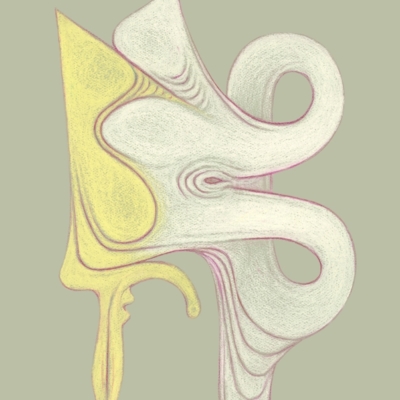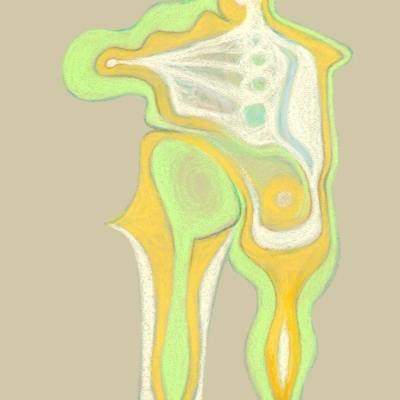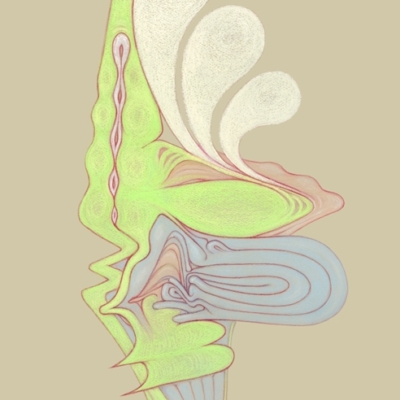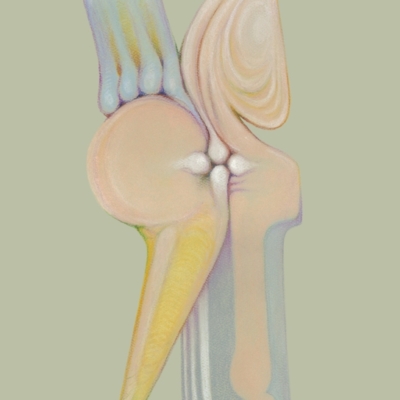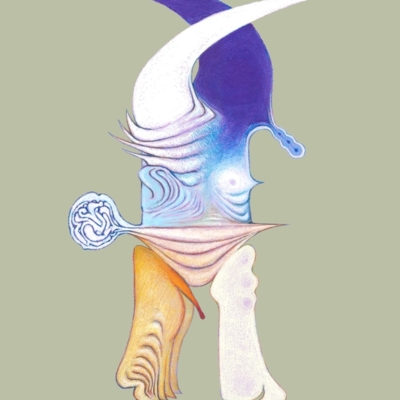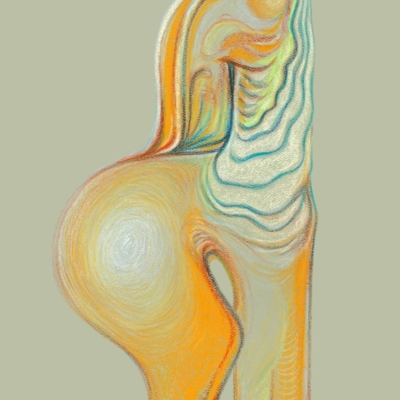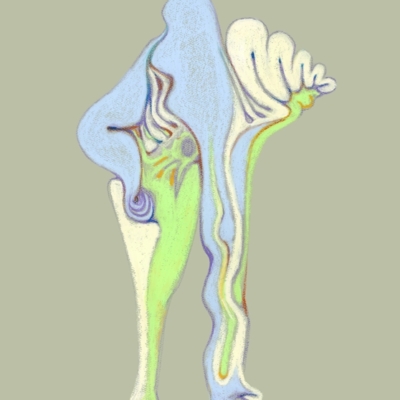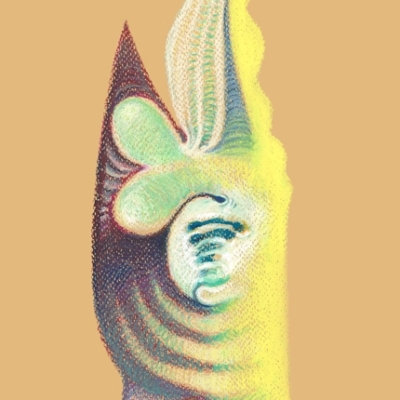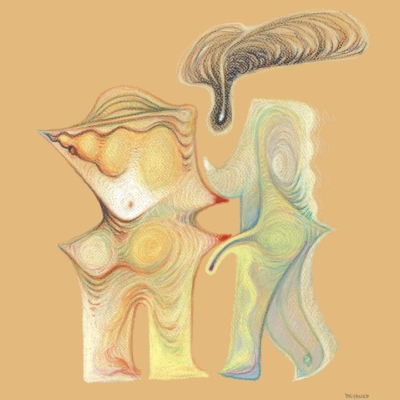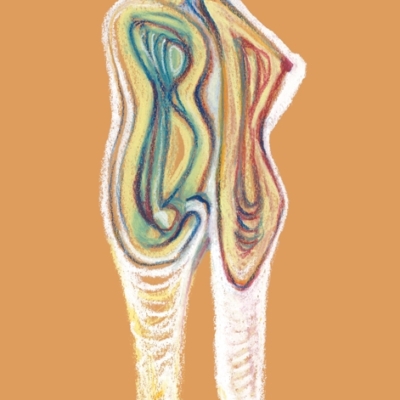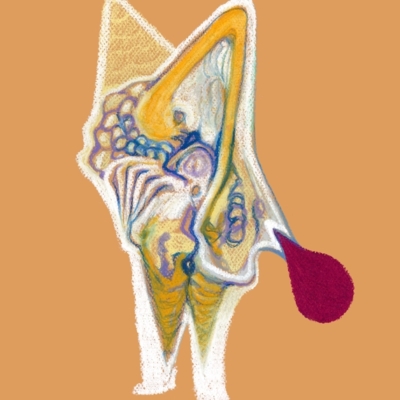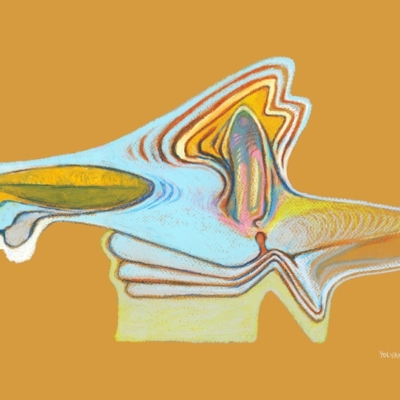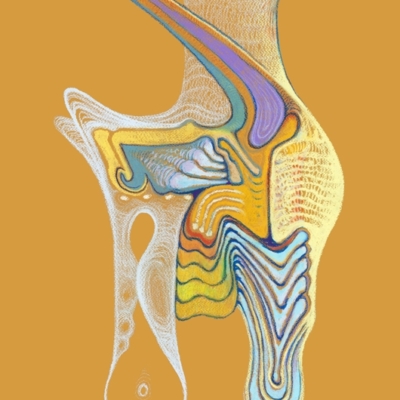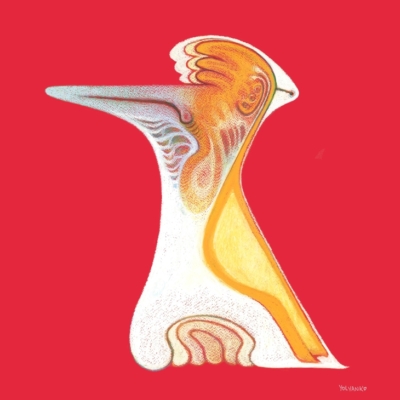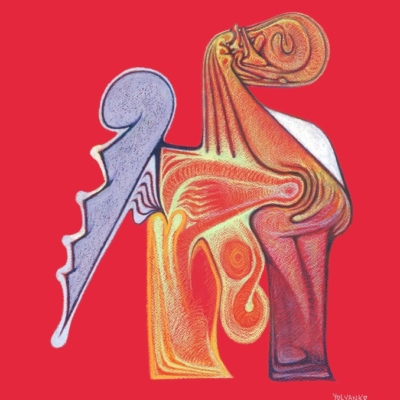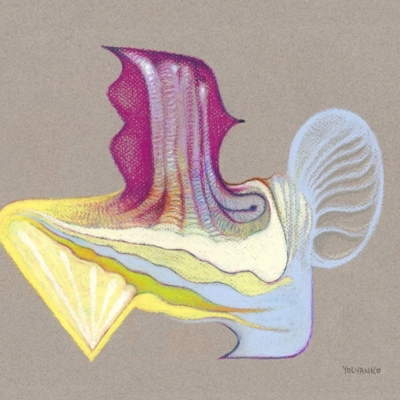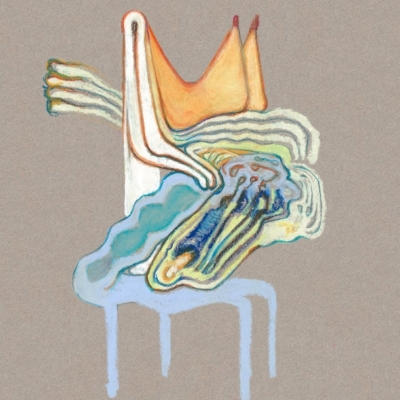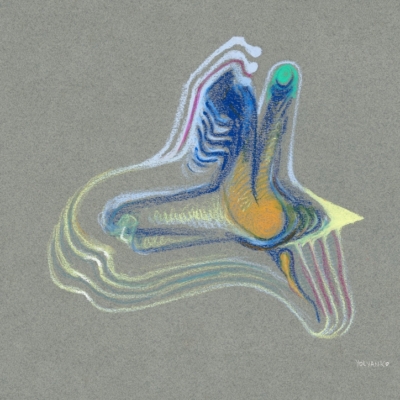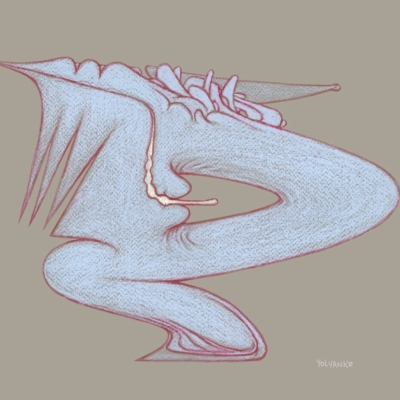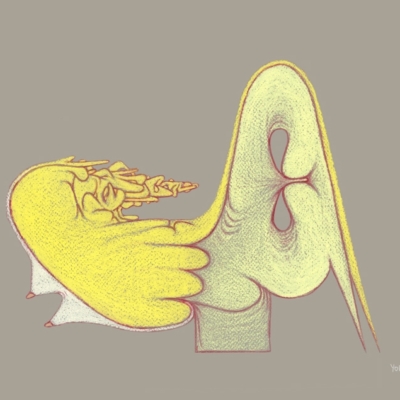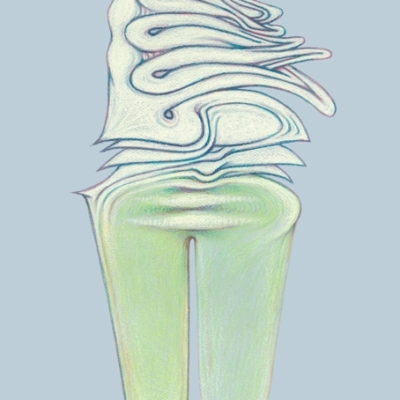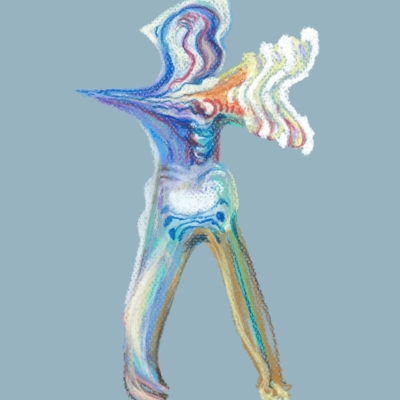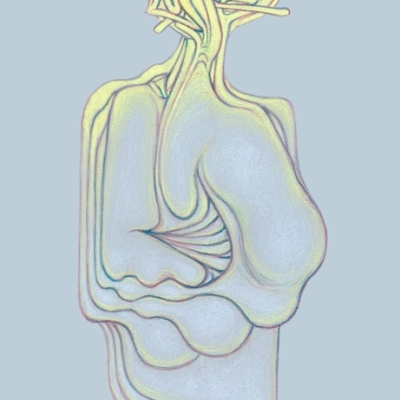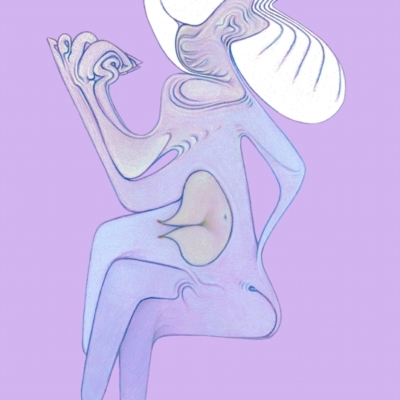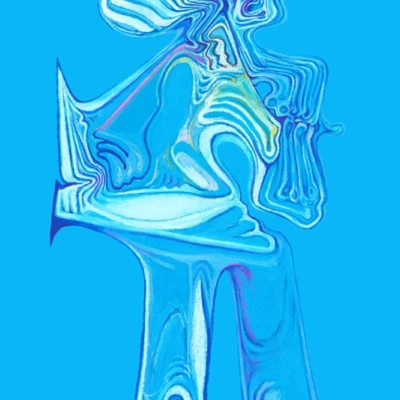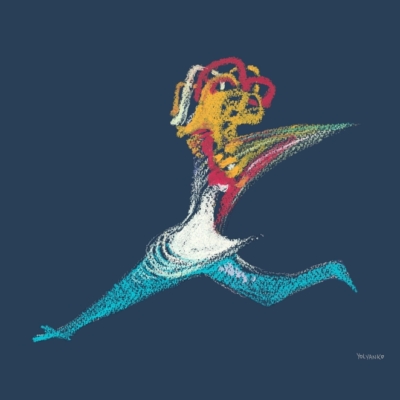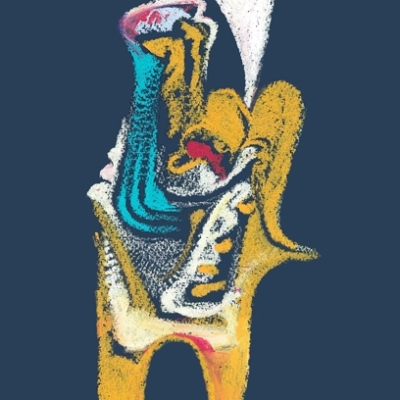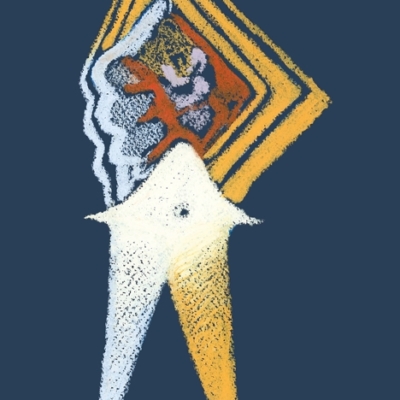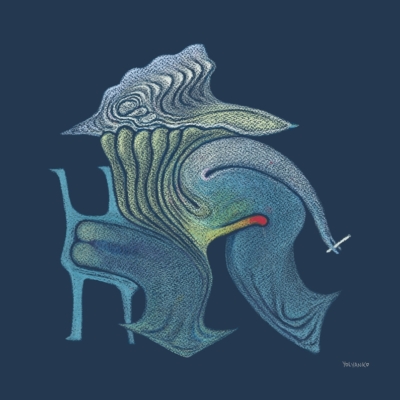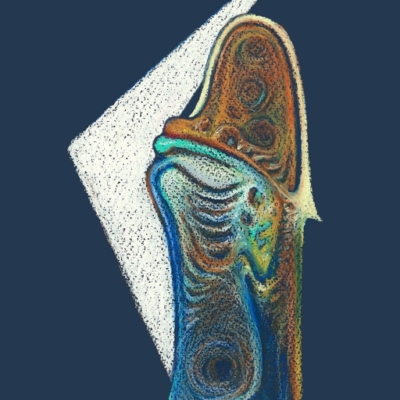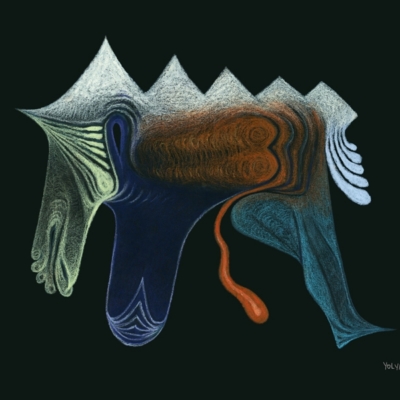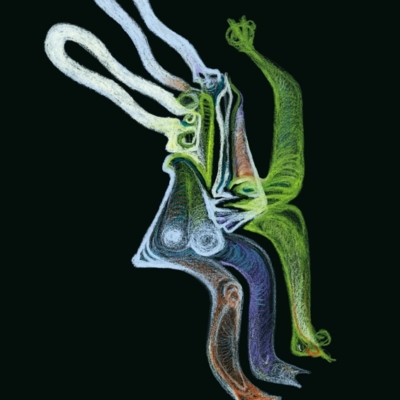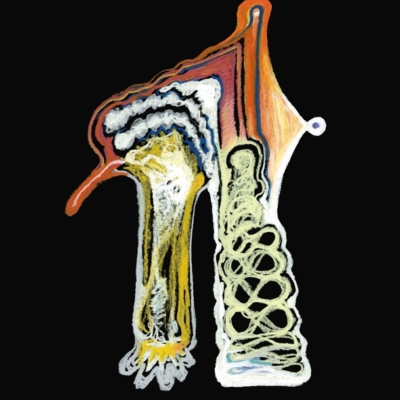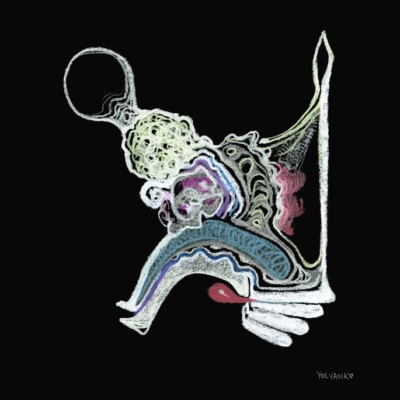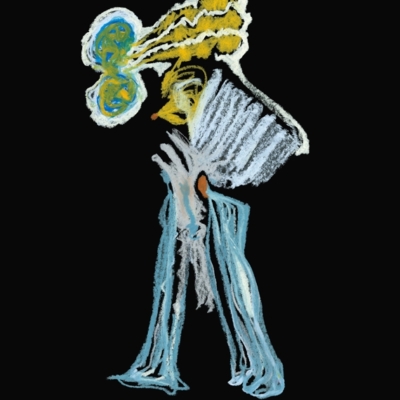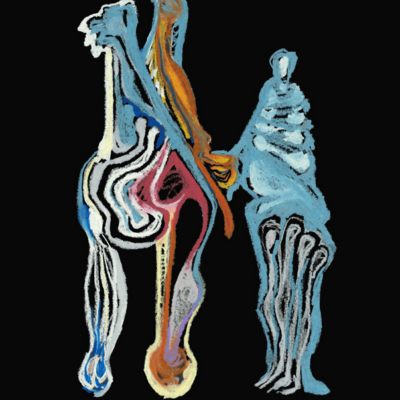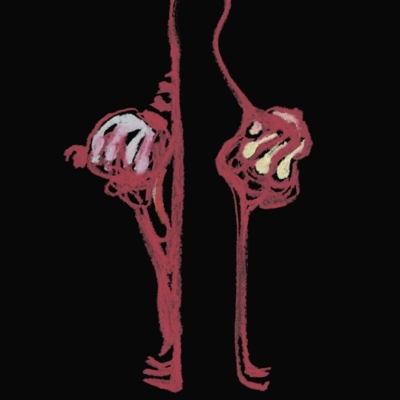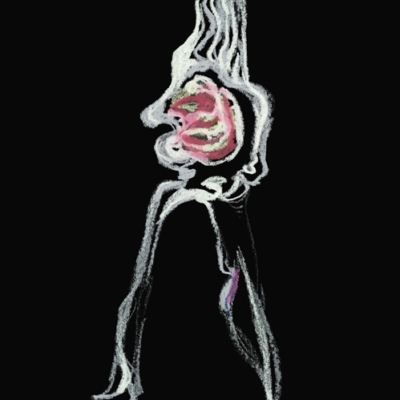Expanded
Yolyanko, The Exalted Line
Painting is always considered the most visible medium of change; however, the applied arts, design in its different aspects, as well as architecture also undeniably register the signs of the times. The powerful movement of modernism, canonical exponent of the fin-de-siècle spirit –in route to the century of isms and the iconoclastic avant garde– was assisted by multiple trends: Art Nouveau, Modern Style, Jugendstil, Sezessionstil, Liberty Style and in particular Modernisme in Gaudí’s Catalonian Spain.
The emphasis of the style manifested by the movement compels us to notice in the imprint projected to the future by its painters, by its illustrators and its metalsmiths –Edvard Munch, Alphonse Mucha, Aubrey Beardsley, René Lalique, among others– undeniable referents, as are artists from different origins –such as Durero or Hokusai– in the drawings of leading Cuban creators of recent generations: Fabelo, Fariñas and the subject of this text: Yolyanko.
Yolyanko’s drawing denotes the temperament of its author in its clean and precise design, the extreme care of the composition, equilibrium of the forms, light tension of the lines in their undulating flow –not sinuous, a term that would approximate another sense: tortuous– and expressive of two constant characteristics: voluptuousness and elegance. If to that we add the inventiveness of his figuration, we observe the totality of high quality images.
Yolyanko is an “unusual” character in the world of graphic illustration. He escapes from the tiresome uniformity in design prevalent today as the summum representation of the latest avant-garde: asymmetric, ragged outline, accentuated by blotches and texturizations ad nauseum, dregs of the badly assimilated influence of action-painting, bad-painting or brute art, tendencies already left behind and overcome with the most recent advances in digital art.
The singularity of Yolyanko’s drawing consists of carefully heeding the call of a creative impulse arising from the most profound introspection, together with the ability to see the world in a different light, without contamination, leading him to an independent choice of style.
Originality –to say it with the intention of Maurice Blanchot– cannot be absolute, since it would lack a model for comparison; for it to occur, it must be relative. Yolyanko is original in the only way possible: recreating what has already been created, rediscovering it and finding forgotten or poorly transited areas. In this way he reinvigorates, with the illusive instrument of style, the space dissipated by the fatigue of the form. To innovate –to redo– without repetition.
Unusual artists pass through the history of art as a diachronic presence. It cannot be explained convincingly; it is not known well enough because it feigns ignorance of the canon by which each period is defined; and it does not appear to advance because it also does not preconceive any future. It is in an unknown time; however, unusual artists are unified by a hidden network of communicating vessels. Is this identification devoid of time a distinctive feature of their styles? Or the idea they contain?
The Da Vinci of the notebooks where drawing delves into the mystery of nature or invents what does not exist; the illusionist portraits of Arcimboldo, joyous glorifications of the plant kingdom and among them the one dedicated to Vertumnus, the god of seasons; the oppressive environments invented by Piranesi; the oneirism of Klimt and the fantasy of Klee: all of them so dissimilar yet so alike in the aestheticization of language and in their preoccupation with the message: all related precursors of what Yolyanko is seeking with perhaps Beardsley being the nearest. Yolyanko’s figurations express the unearthly.
They are deformed bodies or fragments of them, fused to others of a different species or material, whose symbiotic relationship appears to move forward toward new transformations; muscular organisms of notable elasticity, on the verge of being displaced, moved by latent energy. The compositions of these mutants are never rectilinear: the eroticism contained in them insinuates itself precisely because of their slithering curves.
The symmetry in certain figures does not make them banal –there is no excessive ornamentation in those images– instead, it contributes to increasing its strangeness. The vision of this artist is directed at unraveling the dark interstice of our subconscious. This perhaps relates him to surrealists, due as much to the unexpected combination of these contortionistic specters as to the oneiric charge that animates them. However, the surrealists are not exclusive examples of the intervention of the dream in the creative process, nor does this Cuban artist allow himself to submit solely to that means of expression. His series of highly sophisticated drawings shows us the rich inventiveness of the author and his state of realization on a conscious level.
Yolyanko belongs to that different group of artists in this region of the hemisphere, inspired by universal art, but who has an answer of solid self defining value when confronted with the questionable perspective of subjugation of the so called “periphery” and the continuous bombardment of standards by centers of power in the arts.
Pedro de Oraá (Cuba, 1931)
Poet, narrator, essayist, art critic and painter. National Prize for Plastic Arts Award 2015

